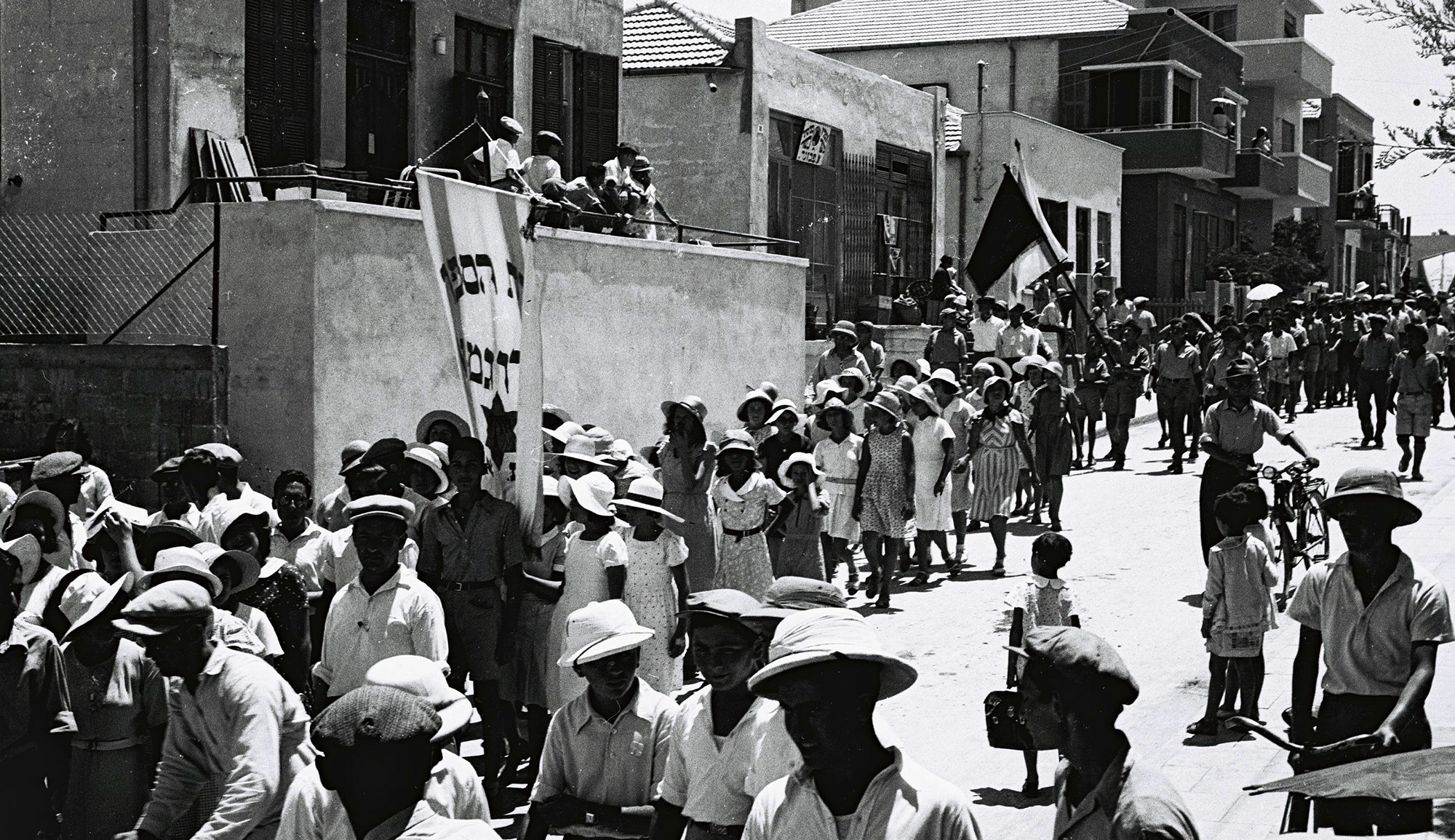Until the expulsion of its Jews in 1493, Sicily—then a Spanish province—was very much at the center of Jewish life in Italy. Afterward, many Jews who had undergone conversion to Christianity in order to remain in Sicily continued to practice their religion in secret. Some of their descendants today recall nominally Catholic family members preserving such Jewish customs as lighting candles on Friday evening. On January 12—the anniversary of the expulsion—the city of Palermo opened a synagogue, the island’s first in a half-millennium. Rossella Tercatin writes:
The first traces of Jewish presence in Sicily date back to the 1st century CE, and in the 15th century there were already between 25,000 and 40,000 Jews living on the island, spread out over dozens of communities—more than in the numerous states and kingdoms on the Italian peninsula combined. . . . Five-hundred years [after Judaism was outlawed], many Sicilians have started to figure out the origin of their apparently bizarre family customs and are interested in learning more. National and international Jewish organizations have come to help. . . .
Every year on January 12, a conference is held in Palermo on a topic related to the Jewish history of Sicily. . . . [At this year’s conference, in] the presence of a small but passionate group of Jews, the archdiocese of the city donated the building of the Oratory of Santa Maria delle Grazie al Sabato to the Jewish community. . . .
“The facility is located in the complex of the monastery of San Nicola da Tolentino, at the heart of the ancient Jewish neighborhood, where the synagogue used to stand,” explains the former chief rabbi of Naples, Pierpaolo Pinhas Punturello, who is deeply involved with Palermo’s Jewish community. “The great scholar Obadiah of Bertinoro called it ‘the most beautiful in Europe’ when he visited it in 1487.”
More about: Conversos, History & Ideas, Italian Jewry, Sicily, Spanish Expulsion


